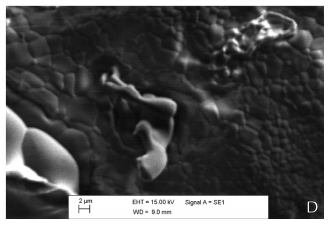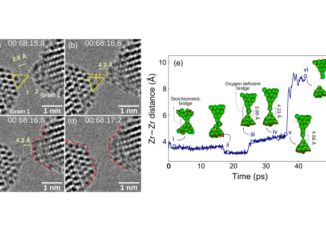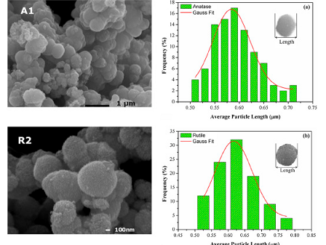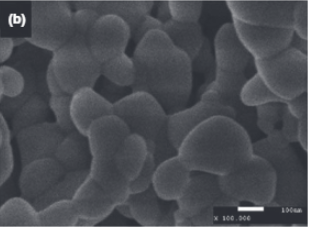
Incorporation of TiO2 nanotubes in a polycrystalline zirconia: Synthesis of nanotubes, surface characterization, and bond strength
Abstract: Material and method. TiO(2 )nanotubes were produced by alkaline synthesis, mixed with isopropyl alcohol (50 wt%) and applied on presintered zirconia disks. The ceramics were sintered, and the surfaces were characterized by confocal laser microscopy, scanning electron microscopy (SEM), and energy-dispersive X-ray spectroscopy (EDS) analysis. For bond strength, the following 6 groups (n=16) were evaluated: without TiO 2 and Single Bond Universal; with TiO2 nanotubes and Single Bond Universal; without TiO2 nanotubes and Z-prime; with TiO2 nanotubes and Z-prime; without TiO2 and Signum Zirconia Bond; with TiO2 and Signum Zirconia Bond. After sintering, resin cement cylinders, diameter of 1.40 mm and 1 mm in height, were prepared and polymerized for 20 seconds. Specimens were stored in water at 37 degrees C for 30 days and submitted to a shear test. Data were analyzed by 2-way ANOVA and Tukey honest significant difference (alpha=.05) tests.
Author(s): dos Santos, AF; de Lucena, FS; Borges, AFS; Lisboa, PN; Furuse, AY
JOURNAL OF PROSTHETIC DENTISTRY
Volume: 120 Pages: 589-595 Published: OCT 2018
DOI: 10.1016/j.prosdent.2017.10.027




